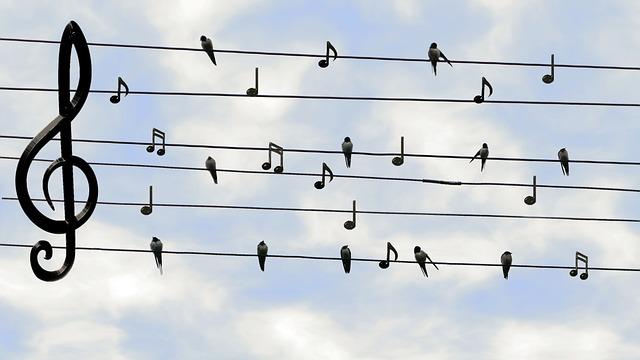In the symphony of learning, we often give the lion’s share of our attention to sight, ignoring the quiet yet potent role of sound that waits patiently at the wing. Every rustle, hum and whisper is a note played in the grandeur of cerebral orchestra, gently nudging our minds towards epiphanies yet discovered. It’s time we lend our ear to this unsung hero; for the learned know understanding comes not just from seeing, but also from hearing. Welcome to the realm of ‘Auditory Excellence’, where insights aren’t merely observed, they resonate in sonic waves, choreographing a dance of neurons in the ballroom of our brains. Join us as we chart the understated power of sound in learning, and elucidate how to skillfully integrate it into education, working in harmony with our other senses. In the dynamic world of education, the utilization of auditory elements can significantly amplify the learning experience. Research reveals that sound, when skillfully integrated into educational environments, can facilitate deeper engagement and better retention of information. To bring this auditory excellence to the forefront of education, consider the following practical steps:
- Use background music to set the mood and improve focus. Classical or instrumental tracks are often best, as they reduce distractions and enhance cognitive performance.
- Implement soundscapes that reflect the subject matter. For example, playing rainforest sounds during a lesson on ecosystems can create an immersive learning experience.
- Employ auditory cues to signal transitions, emphasize key points, or manage classroom dynamics. Different sounds can denote the start and end of activities, aiding in smoother classroom management.
| Technique | Application | Benefit |
| Background Music | Throughout class | Improves focus |
| Soundscapes | During specific lessons | Creates immersion |
| Auditory Cues | To signal transitions | Aids management |
The transformation of classrooms through sound extends beyond mere auditory enhancements; it’s about creating a multisensory learning environment where students can experience information in varied formats. This not only caters to different learning styles but also enriches the educational landscape:
- Incorporate narratives and storytelling, leveraging the natural human affinity for stories to foster a deeper connection with the material.
- Utilize audio feedback for assignments or quizzes, offering a personal touch that texts or emails lack.
- Encourage student-generated audio projects to develop creative and communication skills, such as podcasts or audio diaries.
By embedding these auditory elements into the fabric of learning, educators can craft a more engaging, effective, and inclusive educational environment. Through the strategic use of sound, we can unlock a new dimension of learning that resonates with students on multiple levels, paving the way for a richer, more vibrant educational journey. In the grand symphony of life, sound strikes the chords of our minds in ways that seem subtle, yet are overwhelmingly profound. Like an eloquent composer, it conducts our cognitive functions on an enlightening symphony of knowledge and discovery. As we hum along this melodic path of auditory excellence, let us embrace the harmonious potential that sound holds in the realm of learning. So, tune your mental radios and orchestrate your senses to the rhythm of this unique learning technique. Harness the power of sound, and let it amplify your journey to the crescendos of wisdom and understanding. May the echoes of this article reverberate in your intentions, ignite your curiosity, and harmoniously attune you to the endless symphonies of learning. Own your mental soundscapes- for the notes of knowledge are but a listening ear away.















